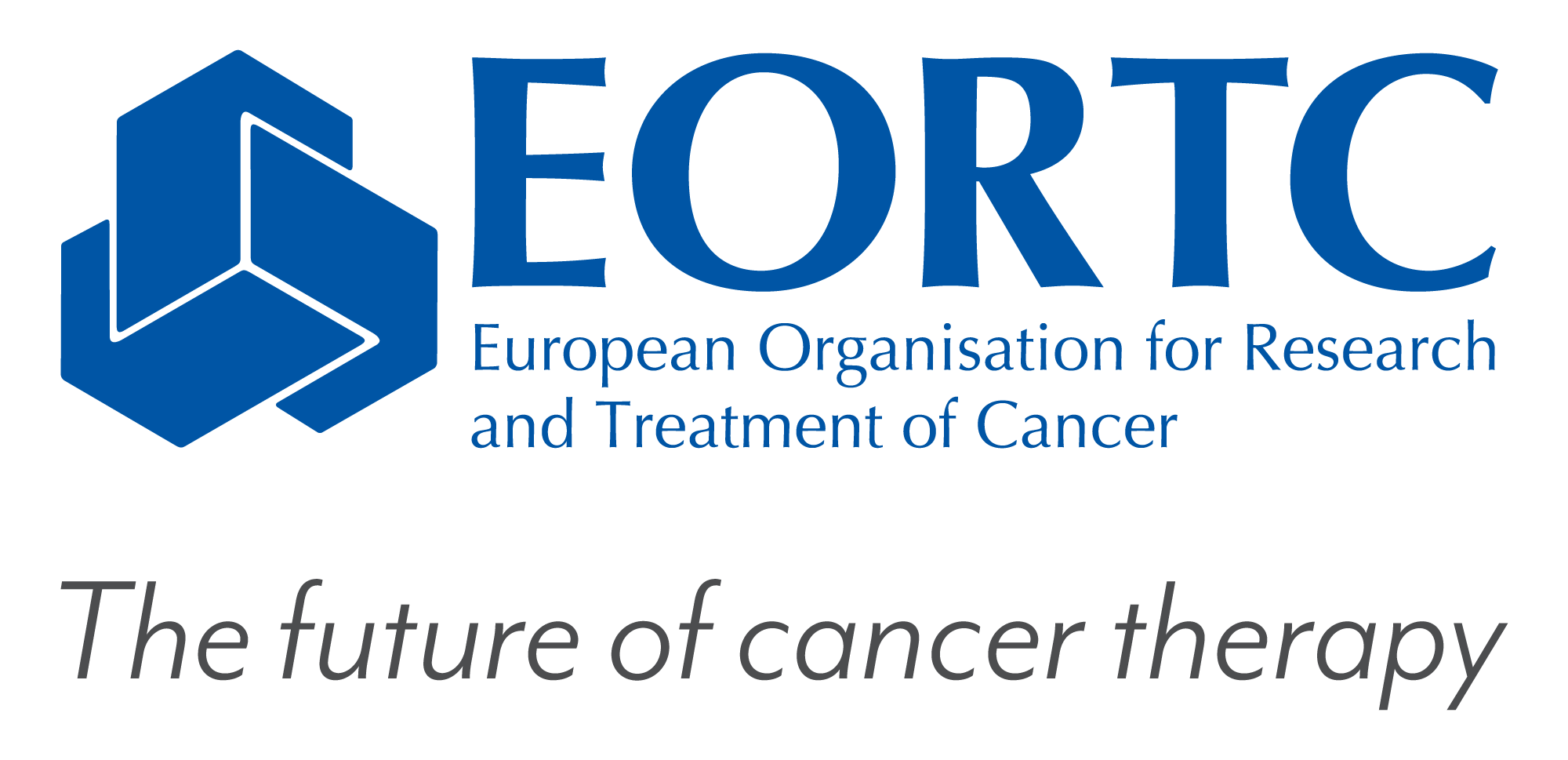
|
|

|
|
The table below illustrates the possible consequences of the directive taking into account ONLY one of the requirement of the directive that is to provide drugs for free even when these drugs are already on the market for relatively similar indication (in this case cancer treatment).
Total number of EORTC trials recently closed, ongoing or to be activated soon – situation as of January 2004 |
127 |
Number of trials investigating a new treatment strategy involving drugs (marketed and non-marketed) |
105 |
• Nb of trials with non marketed drugs - drugs are always provided by the pharmaceutical company |
27 (26%)
|
• Nb of trials with a combination of drugs (non marketed and marketed ) - trials with marketed drugs provided by the pharmaceutical company |
27 (26%) 12** |
• Nb of trials with marketed drugs but tested in a new indication - trials with marketed drugs provided by the pharmaceutical company |
24 (22%) 12** |
• Nb of trials within the registered indication but testing a different schedule - trials with marketed drugs provided by the pharmaceutical company |
27 (26%) 15** |
As you can read in the above table, a lot of academic cancer clinical research is focused on new treatment strategies which involve marketed and non marketed drugs (105 trials out of 127 trials in total). Also a large majority (74%) of these so-called “drugs trials” involve marketed drugs tested in combination or in new indications or with a different schedule. In some instances (number of trials indicated with **), the pharmaceutical industry may provide the drug(s) and help academic research usually because the drug(s) has a recent marketing authorization. The industry may not be willing to do so in the future if this is perceived by competent authorities as some sort of sponsorship of the trial. So in the worse case scenario (industry cannot provide the drug and marketed drugs cannot be used but in their registered indication/schedule) 61% of all EORTC trials won't take place anymore.
In cancer treatment, future developments will come mainly from new systemic treatments. Research in cancer treatment over the last four decades demonstrated that real breakthrough are extremely rare and most improvements in treatment came from small but significant incremental benefit identified along successive phase III trials many of which were conducted by academia. Slowing down and possibly stopping academic clinical research will inevitably lead to slowing down progress in cancer treatment